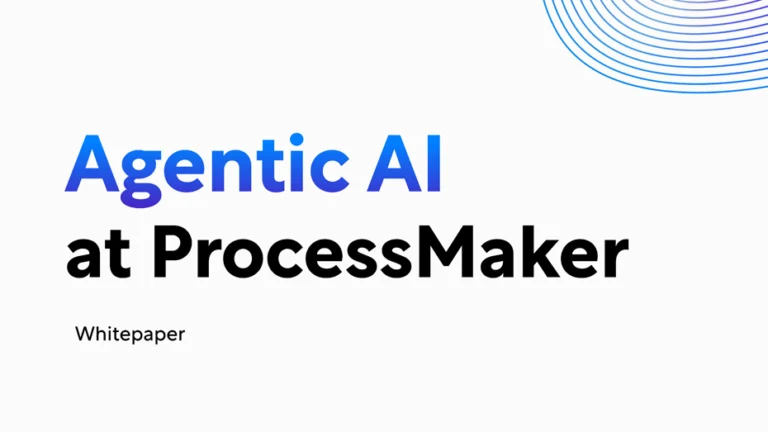One of the core functions for a treasury is money modeling. Invariably, every entity must have a tight handle on their liquidity positions and funds. In a rapidly-evolving marketplace, this isn’t without it’s fair share of challenges. As a result, many treasuries need to step it up as modern business has become increasingly complex and volatile. Accurate management, reporting, and forecasting is critical. There isn’t any question that high-value activities such as cash management can easily become problematic. Further, increasing the quality, consistency, and accuracy of data is crucial. In addition, real-time access to treasury analytics and cash data can help to improve a compliant and secure treasury infrastructure. The lifeblood of any organization is cash flow, but there is also a dire need to have the right tools in place to explain variances and to predict shifts in the market.
The evolution of treasury processes and management systems
Treasury management is a field designed to understand and report on cash flow data. Initially, treasury processes involved a lot of manual paper recordings, manual workflows, and processes. As technologies have evolved so have some of the processes in the treasury. Unfortunately, Strategic Treasurer has found that some institutions still rely on Excel for handling forecasting and other treasury-related tasks. While digital transformation deployments have taken many industries by storm, some treasury departments are still way behind the competition.
The fourth industrial revolution and treasury
According to IDC Financial Insights, banking CIO’s are making digital transformation their first priority and plan to dedicate 40% of their IT spend to the effort. Now, let’s discuss Industry 4.0.
When you think of the Industrial Revolution, you probably think of manufacturing and not treasury. It’s true, the First Industrial Revolution occurred when the world mechanized production. The second industrial revolution is associated with using electricity for mass production, and the third encompasses automation and digitization. However, we are now in Industry 4.0. What is the Fourth Industrial Revolution? Well, Industry 4.0 is about blurring the lines between the physical and digital worlds. It is also about a world of connected devices via IoT and AI. Moreover, it melds the skills of both humans and machines. Guess what? Treasury functions will be impacted by Industry 4.0, as well.
In terms of digital transformation, next-gen treasury functions will be highly integrated with intelligent automation. Better data will drive decision-making so that the treasury can eliminate error-prone processes and the “rear view mirror” paradigm.
Here are some of the technologies expected to transform treasuries:
- Artificial intelligence (AI) and machine learning (ML)
- Robotics Process Automation (RPA)
- Cloud computing
- Open application programming interface (APIs)
- Big data and advanced data analytics
Invariably, this process won’t happen overnight. Bankers play a role in taking the time to understand the real-world applications of intelligent automation for use within treasury functions and processes. In fact, AI is already used in some treasury departments for liquidity forecasting. In addition, digitally transformative technologies can help treasurers calculate more comprehensive forecasts.
Another important tool for treasury process optimization are APIs. You can plug in data from banks, vendors, or fintechs and create custom dashboards with APIs. There isn’t a better time like the present to enable digital transformation for treasuries. Intelligent automation can help treasury processes become more agile, flexible, scalable, and efficient. You don’t want to leave complicated investments or nation-specific risks to an Excel spreadsheet. Moreover, it’s vital to have the right technologies in place to detect and help prevent payments fraud. So then, it’s imperative for bankers to look for value-adding opportunities throughout every treasury process. Digital transformation is the only path for ensuring banks are equipped to support their customer’s treasury needs both now and in the future.
The benefits of digital transformation for treasury services
Consider the advantages of next-gen automation to dramatically reduce the time it takes to onboard new customers or to provide better data insights for decision-making. APIs can also give treasuries the ability to offer omni-channel experiences and new product offerings with faster service. Here are the key areas where treasury services can evolve:
- Insights – In the digital age, customers demand accurate and updated information. Treasury processes that can benefit from better data insights include capital management, foreign exchange risk, hedging, and interest rate risks. Also, higher-quality data helps with insights on risk exposures, governance strategies, and cash positions.
- Customer onboarding – Clients expect a seamless and painless onboarding experience, otherwise, they will simply take their business to a competitor. Intelligent automation can improve the entire client lifecycle by shortening response times and complexity. Not to mention, intelligent automation can remove the silos that often leave onboarding processes hamstrung. Using intelligent automation for customer onboarding can save on costs and errors associated with manual processing while improving conversions and retention.
- The client experience – Bankers should research where intelligent automation can help to provide an omni-channel experience and also offer self-service capabilities to bolster the client experiences. Of course, it’s also crucial to do so with the client persona and expectations in mind. Advanced APIs can give treasurers a 360-view of their customers to reach the objective of anticipating upcoming needs and providing relevant solutions.
- Products – As strategies and growth agendas continue to evolve, it’s important to offer faster payment services and innovative products that keep up with both customer demand and FinTechs.
- Fraud – Unfortunately, cyber crime has become increasingly sophisticated and treasuries serve as a highly lucrative target. So then, using intelligent automation for early detection and to help mitigate human error makes sense.
Smarter treasuries
At its core, a smart treasury uses intelligent automation for rules-based operational processes. As a result, employees can focus on higher-value tasks. Invariably, intelligent automation is applicable in a wide variety of treasury services, workflows, and processes. Automating time-consuming manual tasks is a start. Once operational processes incorporate intelligent automation, then treasuries have a better capability to make sense of big data to focus on long-term capital financing goals. Use automation to break down departmental silos so all records can be managed and updated in real time.
Treasury shouldn’t operate as an island. Intelligent automation can help treasurers keep up with evolving customer needs. When used correctly, intelligent automation can improve and accelerate account openings, payments, and internal processes. Decision-making is easier, and workflows are more efficient. Additionally, when business processes are streamlined and transparent, both employees and customers become more engaged.
Final thought
Bankers must always consider industry, maturity, and client preferences when seeking to improve offerings, the client experience, and channels. Further, intelligent automation can help to consolidate redundancies and contribute to reducing operational costs as well as complexity. Repetitive processes can be automated and streamlined allowing for human employees to focus on value-added projects instead. Moreover, API-driven architecture can help to create a 360-degree view of their clientele.
With Processmaker, enabling digital transformation for treasuries is easy. The platform offers a user-friendly interface that doesn’t require any extensive training or coding skills. Ready to get digital? Optimize and streamline treasury processes with Processmaker.





